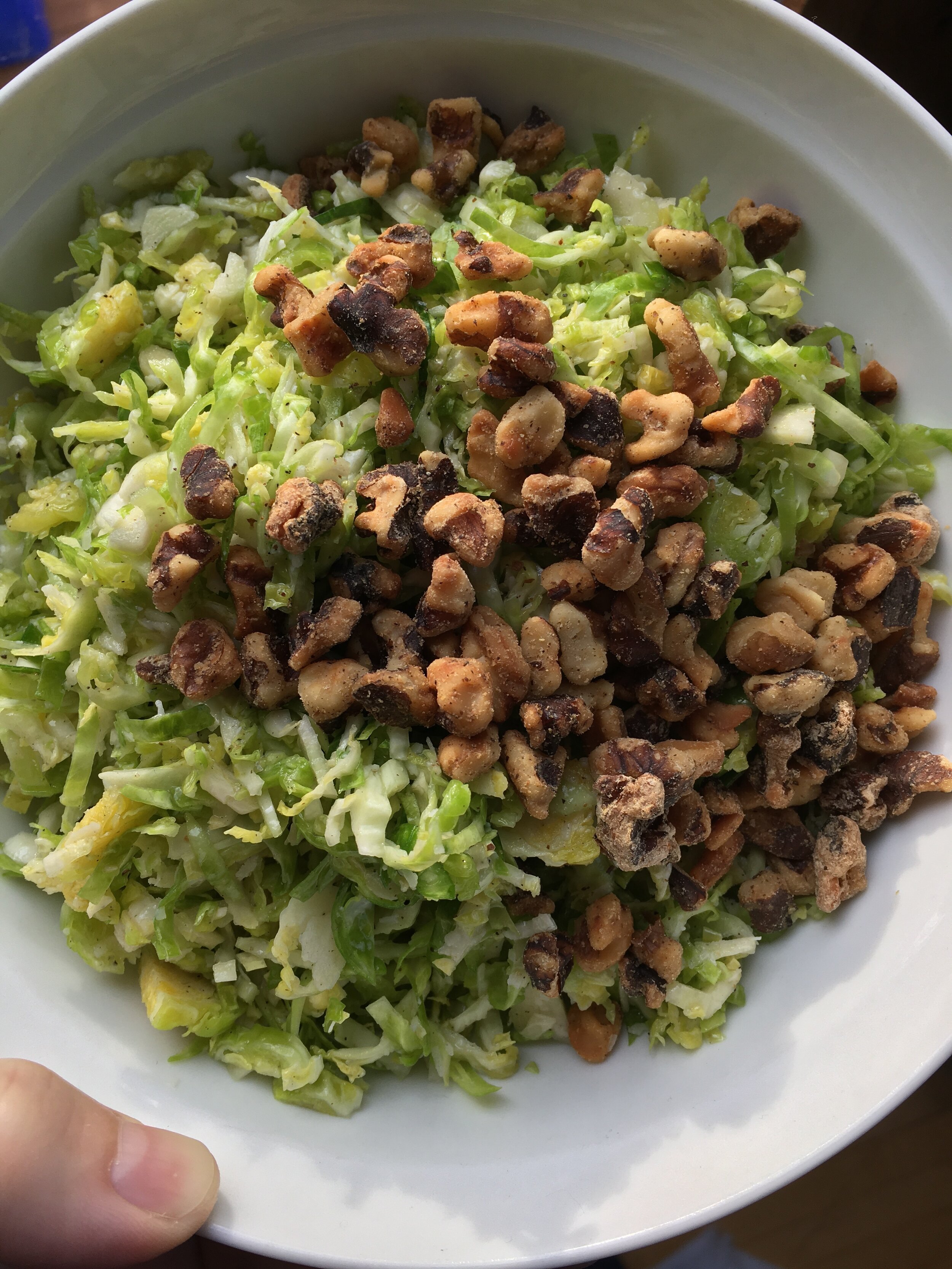A few weeks ago now, the Ezra Klein Show interviewed Marilynne Robinson for the release of her latest book. I want to hold on to three things she said, one about beauty:
I’m influenced, I know, by traditional theology that has seen beauty as, in many instances, God’s signature in effect. I think that we have desensitized ourselves to beauty quite considerably, the idea that beauty is a harmonizing, interpretive presence in being and that we very seldom refer to in anything like that light. Beauty as, for example, a physicist might use the word, a beautiful formula, a beautiful theory — that’s only used in those special quarters. The idea that God created things from — out of an aesthetic delight in them means that our consciousness and also the perspicacity that’s given to us through beauty as a mode of understanding, that’s something that needs to be recovered.
And the idea of a “mind schooled to good attention”:
When I was in high school, I had a teacher who said to our class, you will have to live with your mind every day of your life. So make sure you have a mind that you want to live with. And she was an English teacher. That was exactly what she was talking about. Find things that are beautiful. Expose yourself to them at length. Give them preferential attention. I don’t think anybody ever told me anything that had a bigger impact on my life.
But anybody who understands the aesthetics of anything, music, visual art, so on, it becomes a sensitivity that spreads through experience in general. I think that people that do science or engineering, they are schooled to see what is elegant in a design, whether it’s a design in nature or a design in a laboratory and so on.
We are creatures of education, basically. We educate ourselves continuously, badly or well.
And her thoughts on God as she’s studied his portrayal in the book of Genesis:
[About the Ten Commandments] The fact of law actually frees people or respects their freedom because God does not impose the necessity of behaving in a certain way. He gives the information that this is what you ought to do. And then you react to it freely by accepting or rejecting it.
[About the ways in which the ‘chosen people’ in Genesis fail] In a certain sense, the freer human beings are, the greater God is because he’s able to make creatures that actually oppose him.
I think that’s one of the things that the whole text, beginning and end, tries to impose on our thinking, is that God loves people. And he does so faithfully. And he does so through all kinds of turmoil and shock and disappointment, all of which are, in their very outrageous ways, proof of the fact that he loves us so well that he even allows us our autonomy.
And then Robinson, in the interview, goes on to talk about how forgiveness is demonstrated in Genesis, with the story of Joseph, and how it contrasts to previous literature, like The Odyssey, in which the hero comes home and kills the strangers who’ve taken over his house. I love her concluding remarks on this:
It’s a very, very beautiful image of grace that I think of having no parallel in ancient literature. To be able to look beyond the offense rather than to forgive the offense, I think, is the difference between grace and simple forgiveness.
I find Robinson’s voice and thoughts very calming to listen to. The episode can be found here.


